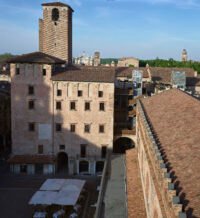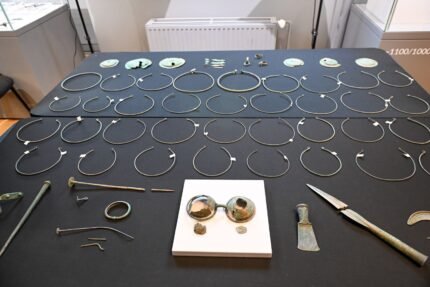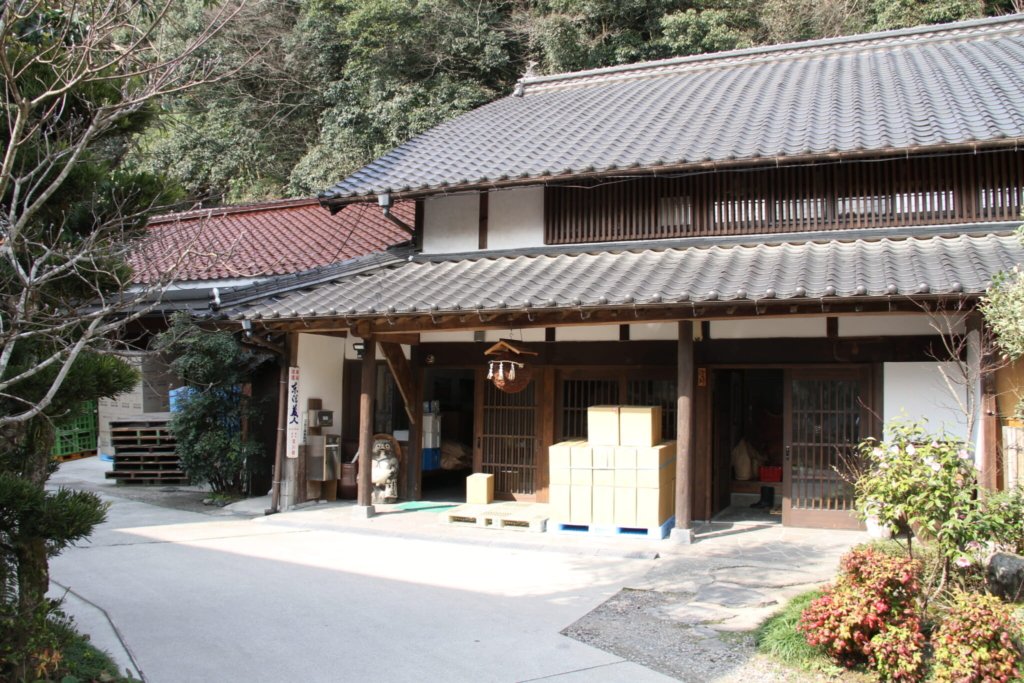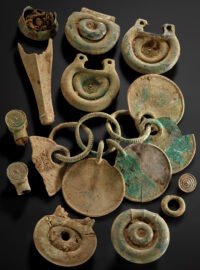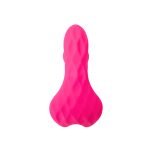Dorset Museums and Art Galleries have raised funds through a crowdfunding campaign to acquire a rare Late Bronze Age (950-750 BC) gold bracelet.
The bracelet was discovered in 2020 by a metal detector expert at Hilton, Dorset. It is incomplete, being a long fragment of a flat band with a flared end. The band is deliberately bent, folded over, with the end on the inside. The other end is deliberately cut, not broken off. The edges are raised to form low flanges on either side. Comparison of the features of the band, particularly the flared end and low flange, with similar fragments found at other sites confirmed that it is a bracelet dating from 950-750 BC. The total weight of the gold is 14.05 grams (half an ounce).
The piece went through a treasure appraisal process, but the outcome was a foregone conclusion because it is more than 300 years old and made of precious metals. After it was declared a treasure, the British Museum’s expert appraisal committee assessed its fair market value at £1,200 ($1,530).
As always, the museum closest to the discovery site will be offered the first opportunity to acquire the object at its assessed value. Even a relatively modest valuation would be a challenge for a local museum without an acquisition budget, but Dorset Museums and Art Galleries were very interested in the object because of its rarity and significance to Dorset history.
This object is a rare find in the county. Although Bronze Age gold objects are inherently rare, the gold objects known from Dorset dating to the Late Bronze Age consist of only a limited number of forms, and the number of gold objects is far less than the number of base metal objects.
This object shows that the practice of deliberately modifying gold objects before burial continued into the Late Bronze Age in Dorset. Many Bronze Age metal objects were deliberately modified in antiquity, but this was clearly not related to the disposal of objects as waste, but rather had other social significance, with larger objects such as bracelets and collars being broken up and modified before being buried. The location of the object is also significant. Most Bronze Age gold objects (and even bronze objects) have been found further north-east of the county, around Cranbourne Chase. This site is in the chalk valleys of the central county, an area rich in prehistoric archaeology but poorly studied and understood.
The museum was keen to exhibit the work, study it and share it with other researchers. They didn’t want to risk selling the work to a private collector. They raised £720 of their own money, leaving only £480 ($612) to raise. People enthusiastically donated, and after a week, the fundraiser closed, having easily achieved its goal.


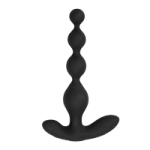 Anal Beads
Anal Beads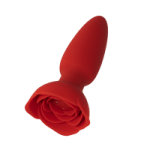 Anal Vibrators
Anal Vibrators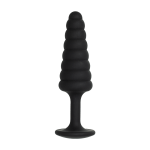 Butt Plugs
Butt Plugs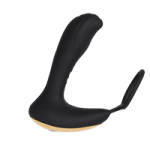 Prostate Massagers
Prostate Massagers
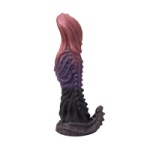 Alien Dildos
Alien Dildos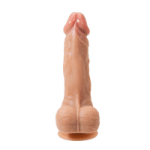 Realistic Dildos
Realistic Dildos
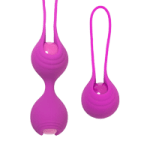 Kegel Exercisers & Balls
Kegel Exercisers & Balls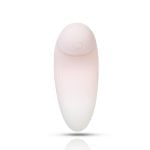 Classic Vibrating Eggs
Classic Vibrating Eggs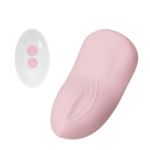 Remote Vibrating Eggs
Remote Vibrating Eggs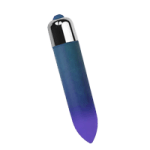 Vibrating Bullets
Vibrating Bullets
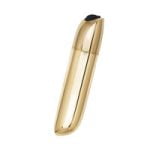 Bullet Vibrators
Bullet Vibrators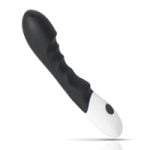 Classic Vibrators
Classic Vibrators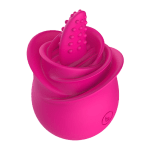 Clitoral Vibrators
Clitoral Vibrators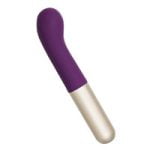 G-Spot Vibrators
G-Spot Vibrators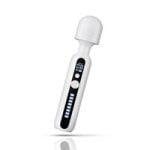 Massage Wand Vibrators
Massage Wand Vibrators Rabbit Vibrators
Rabbit Vibrators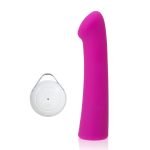 Remote Vibrators
Remote Vibrators
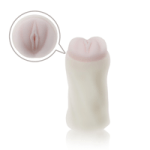 Pocket Stroker & Pussy Masturbators
Pocket Stroker & Pussy Masturbators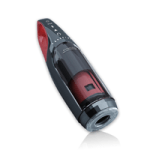 Vibrating Masturbators
Vibrating Masturbators
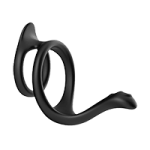 Cock Rings
Cock Rings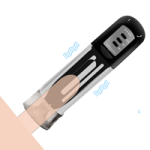 Penis Pumps
Penis Pumps
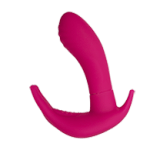 Wearable Vibrators
Wearable Vibrators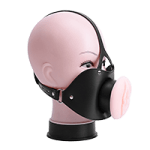 Blindfolds, Masks & Gags
Blindfolds, Masks & Gags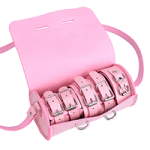 Bondage Kits
Bondage Kits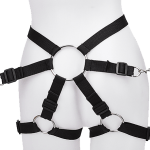 Bondage Wear & Fetish Clothing
Bondage Wear & Fetish Clothing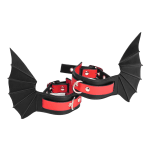 Restraints & Handcuffs
Restraints & Handcuffs Sex Swings
Sex Swings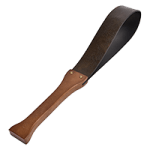 Ticklers, Paddles & Whips
Ticklers, Paddles & Whips







